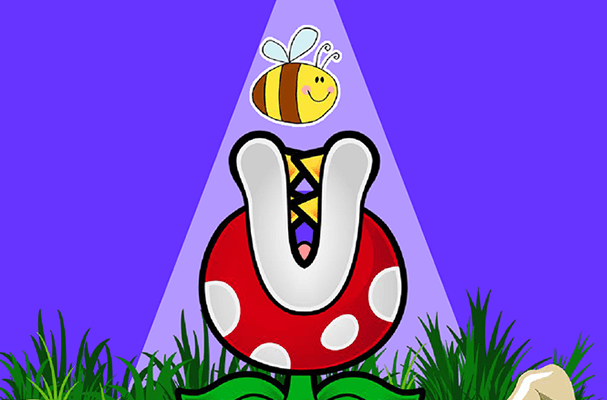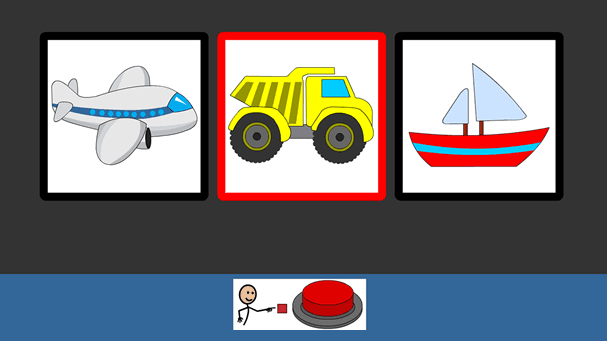 I had an email this morning from a colleague asking about the ‘games’ on my website. Nothing unusual there, I receive about 40 emails every day from colleagues requesting advice about how best to use the activities on both of my websites. What was unusual was that they used the term ‘games’ to describe the activities on the website.
I had an email this morning from a colleague asking about the ‘games’ on my website. Nothing unusual there, I receive about 40 emails every day from colleagues requesting advice about how best to use the activities on both of my websites. What was unusual was that they used the term ‘games’ to describe the activities on the website.
I’ve never really thought about the activities I develop and share as games. I’ve always thought of them as teaching activities. Sure, I’ve tried to make them fun and engaging for students, and to be fair, some of them do look like games, but they are all underpinned by many years of careful research and follow long established, good practices in the development of early access skills. Feed Me, the activity featured in the image above looks like a fun game where you have to catch and eat various insects, however it was designed specifically to target two important skills a student will need to achieve success with single switch scanning.
- Student can press the switch in response to an on-screen prompt.
- Student can track an object as it moves across the screen, pressing a switch when the object is in a target area.
The activity models the process of single switch scanning. Something moves left to right across the screen. The student presses the switch when the object is in the correct place. A visual and auditory cue is given to provide support. This models the automatic movement of the single switch scan box as it moves and across the screen and the action needed by the student to press the switch when the choice they wish to make is highlighted.
 On the surface, Feed Me looks and plays like a game but when you understand how the activity works and what it has been designed to do, it becomes an important and highly motivating teaching tool for young people at this stage of switch skills development. Now I understand that not everyone has or indeed wants specialist knowledge of switch skills development, but without at least a little knowledge of who the activity was designed for and why it works in the way it does, it just becomes another game that a student can play and the real educational value is lost.
On the surface, Feed Me looks and plays like a game but when you understand how the activity works and what it has been designed to do, it becomes an important and highly motivating teaching tool for young people at this stage of switch skills development. Now I understand that not everyone has or indeed wants specialist knowledge of switch skills development, but without at least a little knowledge of who the activity was designed for and why it works in the way it does, it just becomes another game that a student can play and the real educational value is lost.
I never describe the activities that I develop as games. I want people to focus on the teaching opportunities afforded from their use, which is why, on both of my websites, you’ll find heaps of information explaining how the activities contribute to skills development and many examples of how you can use them to help your students make progress.
So what’s in a name? I don’t really care what people call the activities I develop, so long as they use them to engage and motivate their students to work on and practice their access skills. The skills a student learns catching insects in Feed Me directly mirror the skills they will need to make independent choices with single switch scanning and that’s a skill that will have value to the student probably for their whole life.
